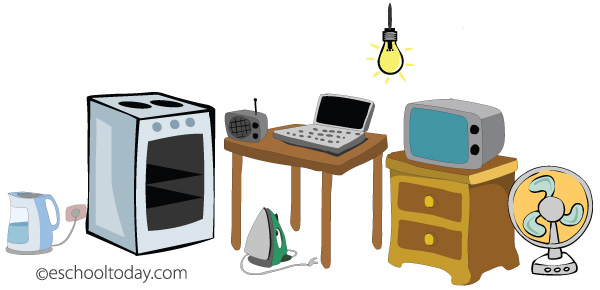- Climate Change
What brings about more Greenhouse gases?
In this new era (the age of industrialization), the earth is full of industries. Millions of vehicles, airplanes, and engines are manufactured every year. A lot of artificial things have been produced and have ended up in waste dumps. Humans produce much more waste than ever before.
Take a look at the simple sketch below.

They all produce a lot of smoke, fumes, and water vapor!
Energy production is still a key driver of GHG (greenhouse gas) emissions. For instance, in 2010, the energy sector emitted approximately 35% of GHG, followed by Agriculture, forests and other land uses (24%), Industry (21%), Transport (14%), and Building sector (6.4%)
Simply put, our reliance on artificial things, including all the things that make us comfortable at home, has contributed immensely to the emission of more greenhouse gases than before. These gases in the atmosphere have trapped more heat on the earth’s surface and made it warmer. This is Global Warming.
You and I also produce CO2 and other greenhouse gases in a way, by the things we use at home. Do you have some of these items in your house?
You must turn off all electrical appliances when they are not in use. It is good practice, and you end up saving some money too.
Everything humans have in their homes and the workplaces need electricity to work. This power comes from burning fossil fuels and other natural sources. The more fuels are burnt, the more Co2 is produced into the atmosphere.
That means each time your dad drives his car, or when you turn on an electric appliance, you are indirectly adding to the greenhouse gases in the atmosphere.
But that is not all — it must also be noted that less forest cover all over the world has resulted in less carbon absorption and storage. That is because plants absorb carbon from the atmosphere during photosynthesis. Additionally, there is more methane release from permafrost due to higher temperatures.
This is not very good, as we are all contributing to global warming and climate change. That is a problem.
In recent times, some coal industries are finding ways to capture emissions and storing them deep under the seabed. This move is called Carbon Capture and Storage.
